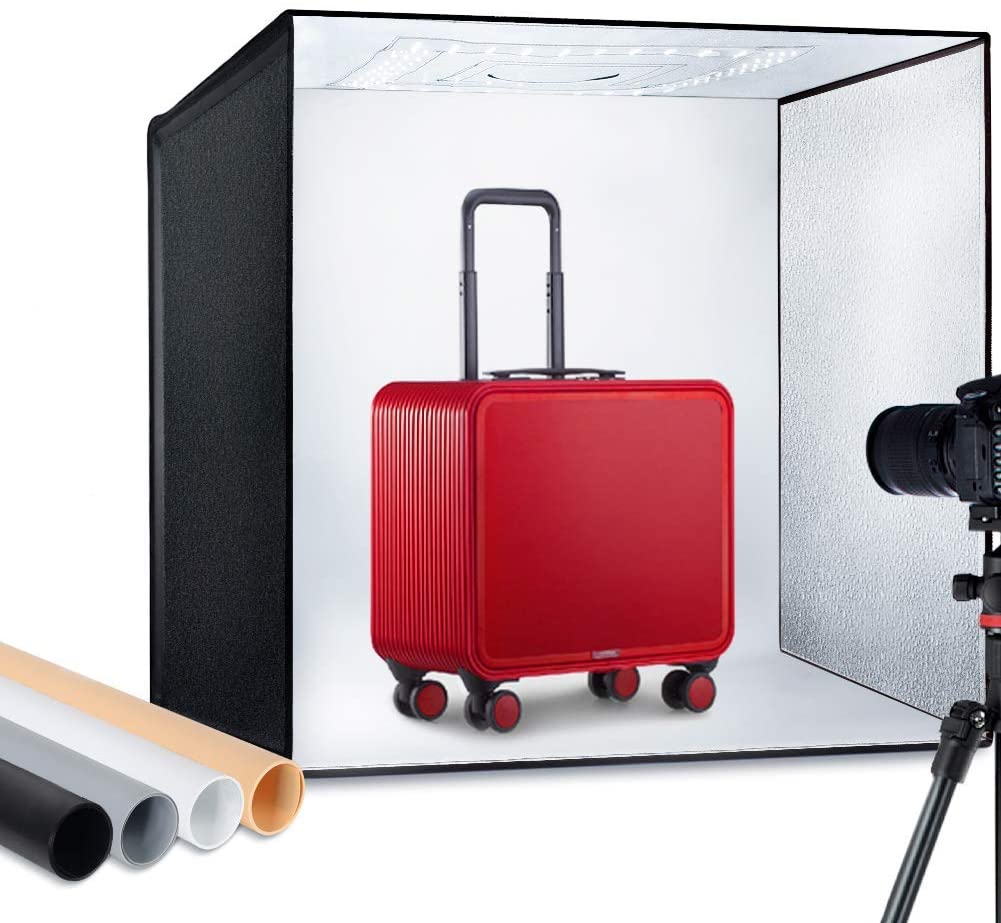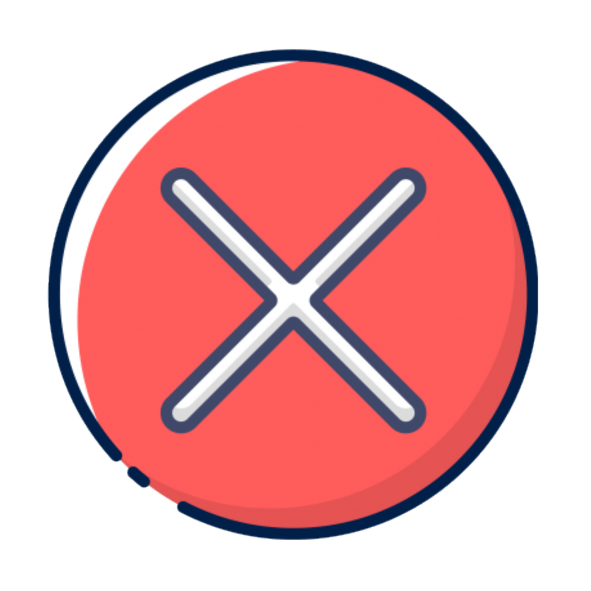What is involved in creating an
E-Commerce website
What is involved in creating an
E-Commerce website
Thinking of taking your shop online? Here is what's involved.
What is e-commerce?
E-commerce is a fairly broad term that encompasses anything to do with selling products and services online.
For this page, we are going to be looking at how a small business can make the jump from selling out of a bricks & mortar store into also taking their products online.
Our e-commerce service is very much targeted at local business and is designed for shop owners who have little knowledge of websites, online shops and the more technical aspects of the digital world, but who are finding that the changing landscape simply means they can no longer afford to ignore this particular sales channel.
What is e-commerce?
E-commerce is a fairly broad term that encompasses anything to do with selling products and services online.
For this page, we are going to be looking at how a small business can make the jump from selling out of a bricks & mortar store into also taking their products online.
Our e-commerce service is very much targeted at local business and is designed for shop owners who have little knowledge of websites, online shops and the more technical aspects of the digital world, but who are finding that the changing landscape simply means they can no longer afford to ignore this particular sales channel.
Why should I take my shop online?
Well, the blunt answer is, your customers are online. They are, more than likely, spending much of their downtime scrolling through Facebook or using Google search to find, research and buy the very same products you sell, from an online giant such as Amazon or Ebay.
Do we think you're going to be competing with Amazon? No, not really. But by not having your products or services online, you simply won't even have any chance that people may realise what they are looking for, can be bought locally.
You see, if a Google search has 'local intent' (i.e. Google thinks the searcher is looking for a local service or supplier), and your website and online shop are optimised for search engines (SEO), AND you have done your job properly in terms of setting up and maintaining your Google My Business platform (or asked IWD to do that for you), chances are your business will show up in the map pack of the search results or even in the organic search results.
For more information on this (what a map pack is), see our article Higher rankings and more customers for local business.
But, equally important is that you can tell all your existing customers that you are now also online (give every customer a little card at the till) so that you can start building your own little online community, using tools such as Facebook, a blog, or email marketing campaign, to keep them up to date with new arrivals, special offers and other interesting news.
Full disclosure: creating a website with an online shop is not going to make you a business tycoon overnight. Chances are, your online sales will not even outpace your traditional sales for a long time, but what will happen is that you will gain new customers and re-invigorate existing ones and you will increase traffic to your brick & mortar shop.
Think about adding free, regular local deliveries to access that vast number of customers for whom travelling to the town centre is no longer such an ideal option.
Communicate regularly with your customers so that you become part of their daily/weekly digital consumption so not all their attention is focussed on major online retailers all the time.
This all sounds like a lot of work...
Well, yes and no...
No online shop is 'set & forget'. After creating the web site, uploading the products and publishing it all to the internet, there are a number of daily, weekly and monthly tasks you need to do consistently, to keep it active and relevant. .
Adding an online shop will change your daily routine and the way you do business. But this is nothing to be scared of. It is actually all pretty exciting and Island Web Design will be on hand to guide you through it, every step of the way.
And that is the difference between choosing IWD to help you get started with your online shop and just starting a subscription with Shopify. Yes, Shopify is seen as the gold standard of e-commerce tools but if not properly set up, managed and maintained, the only company benefiting from your online shop is... Shopify.
Like for like, on the plan that you will most likely need, the annual hosting and management costs of a Shopify e-commerce store are double that of the Island Web Design equivalent.
Like for like, on the plan that you will most likely need, the annual hosting and management costs of a Shopify e-commerce store are double that of the Island Web Design equivalent.
How do I set up an online shop?
Once you have decided to that you want to take your shop online, call us at Island Web Design and let's have a chat first. There is no obligation and no hard-sell. Just a sensible look at what you would like to do, and some advice from us as to what is possible and how much it will cost.
If, after that conversation, you think IWD is a good fit for your online shop, we can start work.
Here are some pointers to give you an idea what to expect:
1. Choose the right plan for you
Island Web Design can offer you a choice of 3 e-commerce plans. All include a basic website, SSL certificate and our legendary management package which consists of platform maintenance, updates and 1 hour per month for minor edits and updates.
The 3 plans are:
- Standard Store | The standard store will allow up to 100 products and misses some crucial functionality and reporting. To be used only for very basic online shops.
- Advanced Store | The Advanced Store is good for up to 2500 products and benefits from full functionality. This includes options and variations (necessary for products that come, for example, in different sizes and/or colours), stock control and powerful reporting and marketing features.
- Unlimited Store | This is the Advanced Store with added Square POS and unlimited products.
The Advanced Store is our most popular plan.
2. Decide on Products & Categories
In most cases, you will sell the full range of products that you have in your store, also on your website. On our 'Advanced Plan' your product limit is 2500 so unless you think you may exceed that, let's not hold back!
Now start thinking about the best way of dividing those products into categories and subcategories. When doing so, think how to make it easy and logical for the customer. There are no hard and fast rules about the number of categories and subcategories you should have, but keep it to a manageable number for the sake of ease of navigation.
Tip: Products can exist in multiple categories
Write down the list of categories and subcategories and pass these on to IWD so that we can start formatting the shop and website.
3. Write Category Descriptions
We will need a couple of paragraphs of text for each category and subcategory. When writing this content, think of using common and descriptive words as this will help search engines understand what it is about.
Don't forget to do the same for the subcategories.
Add these descriptions to your list of categories and pass these on to IWD.
4. Take/create/collect Images
- Page header images
- Category images
- Product images
Now is the time to start taking images of all your products. While the quality of most phone cameras is pretty good these days, you need to make sure your lighting and composition is spot on, or else your shop will look a bit frumpy and unprofessional.
The images you use for your shop are probably the most important element of selling online. It really is worth spending some time on this, to get it right.
If you're taking images of mostly smaller items, consider investing in a folding studio light box. The one pictured below is a 24x24" (60x60cm) Brightness Adjustable Foldable Shooting Tent With 156 led Lights and 4 Colour Backdrops (available online).
If you are photographing larger items, make sure there is plenty of light and, if possible, a white background.
However, if photography is not your thing, you can also book a shoot with a local photographer.
A few things to note when taking images:
- A white background will draw the visitor's eye to the product so keep that in mind if you're thinking about using the images straight from the camera, rather than using editing software to remove the background.
- Make sure you settle on an image orientation and stick with that. Either go for portrait, landscape or square, but whichever you choose, stick to that orientation for ALL images. This is because we set the shape of the images in the shop at the design stage and once we do that, it will apply to all images.
- Also take images that can be used as category images. We can, of course, take an image from one of the products in that category and use that, but if it is possible to have an image that depicts the category or subcategory better, that would be great.
- We may also need some images for the page headers of the website, so think of landscape images with a lot of dead space around the subject.
- The shop has a feature whereby, when someone moves their mouse over a product image, the image changes to the first alternative image. We can switch this off, but it is a nice feature and is best used if the alternative image is the same composition as the primary, but perhaps from a different view point, or maybe the same product but in another colour.
- The primary and secondary images are shown in the product gallery but you can add more images which will then show up on the 'Single Product Page'
Editing and resizing images used to be the domain of professional graphic designers and photographers but these days it is so easy, anyone can do it. There are a number of image editors on the market but IWD can show how to use Pxlr. Pixlr is free but easier to use when you take out a pro subscription. At only $5 per month, it really is worth it. Check it out here.

5. Write your Product Descriptions
This is your opportunity to put all your years of sales experience down on paper. Just as you wouldn't say to a customer "This is a red shirt" while holding up a red shirt in your shop, don't just state the obvious in your online shop's product descriptions. Yes, for search engine purposes you need to accurately describe the product, but then go into a bit more detail, tell people how and where they can use it, wax lyrical about its qualities and how it will make someone feel when they've bought it. Exactly as you would do if the customer was standing in front of you.
E-commerce websites for Isle of Wight businesses
What your online shop can and can't do
There are quite a few different online store platforms on the market and they more or less all do the same thing. That said, some have features others don't have, but by and large, they are all trying to be all things to all men. And that means that there are limitations when it comes to very specific functions you may be looking for.
Essentially, we can bolt on any stand-alone shopping platform but our platform is most deeply integrated with Ecwid. As such, this the platform we use the most. But, if there are features in Shopify that you need that do not exist in Ecwid, we can use that too. Just remember that the price will increase quite drastically and certain other integrations we use on our platform won't be available as a result.
Below are a few examples of features we do and do not have access to in our online shopping platform. More often than not there is a way around a specific issue and in some cases we may be able to get some custom coding done to achieve the results we're looking for, so always ask.
- Gift cards & Voucher codes
- Discount pricing for bulk orders
- Mobile app for store management
- Automatic abandoned cart emails
- Delivery & Pick-Up Scheduling
- Multiple delivery and collection methods
- Stock control
- Low stock notifications
- Add to Favourites! Store visitors can tag items they like as Favourite so they can find later and and purchase easily.
- Positive opt-in for mailing list
- Not ideal for take-way food orders. A work around is possible but it's not that neat. There are better apps for food orders - check out this page
- Difficult to have retail & wholesale on the same shop. Again, a work-around is possible using hidden categories, but it's not fantastic. A better solution is available with the a more costly plan on the platform.
- Not suitable for subscription plans. Again, there are much better, dedicated apps for this type of thing which we can help you set up and integrate into your website.
Wow, that was a lot of information!
If you've made it this far, we are impressed! And well done! You're clearly an e-commerce natural and there's no doubt we'll get on famously.
Please don't be daunted or put-off by all of this, it really is all quite easy once you get the hang of it.
And Island Web Design will be with you every step of the way during design and set-up and beyond. We're local, so we're only ever a phone call away and can sort most issues and answer most questions within minutes.
Get in touch and let's start selling online!
All Rights Reserved | Island Web Design
Privacy & Cookie Policy
Admin login
Client Portal
Client Updates
Designed & hosted with ![]() by Island Web Design
by Island Web Design
Privacy & Cookie Policy
Admin login
Client Portal
Client Updates
Designed & hosted with ![]() by Island Web Design
by Island Web Design







